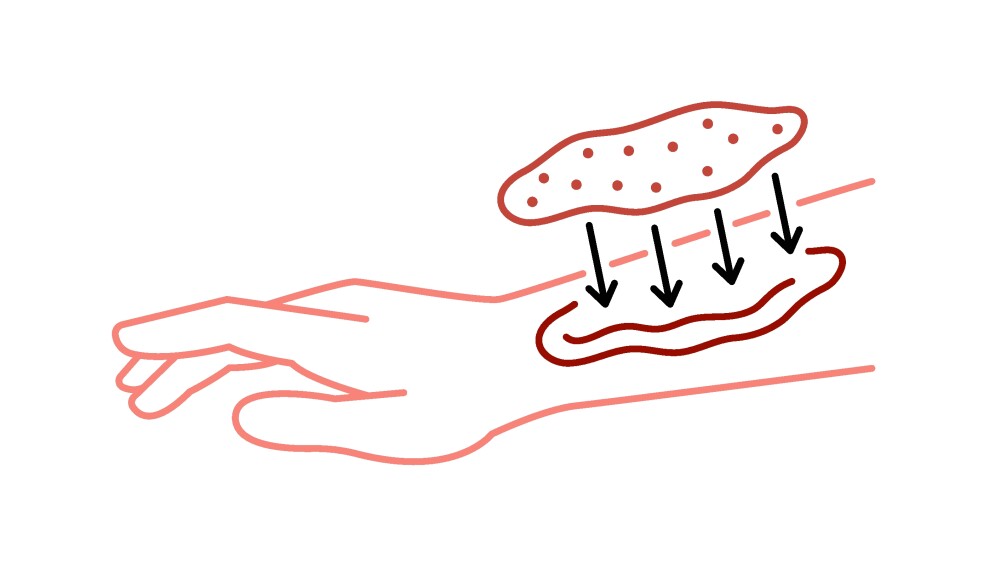Researchers at the University of Texas Health Science Center at San Antonio have found a type of cellular stress in Alzheimer’s disease for the first time that is involved in cancer and aging. The stress is called cellular senescence, which is linked to the tau protein tangles associated with end-stage Alzheimer’s disease. The research was published in the journal Aging Cell.
3D model of tau protein, a player in late-stage Alzheimer’s disease
Researchers at the University of Texas Health Science Center at San Antonio have found a type of cellular stress in Alzheimer’s disease for the first time that is involved in cancer and aging. The stress is called cellular senescence, which is linked to the tau protein tangles associated with end-stage Alzheimer’s disease. The research was published in the journal Aging Cell.
The paper notes that “Tau protein accumulation is the most common pathology among degenerative brain diseases, including Alzheimer’s disease (AD), progressive supranuclear palsy (PSP), traumatic brain injury (TBI) and over twenty others. Tau-containing neurofibrillary tangle (NFT) accumulation is the closest correlate with cognitive decline and cell loss, yet mechanisms mediating tau toxicity are poorly understood.”
Cellular senescence is a survival strategy for cells under stress, but it can cause cells to behave abnormally and secrete toxins that kill surrounding cells. “When cells enter this stage, they change their genetic programming and become pro-inflammatory and toxic,” said Miranda Orr, the study’s senior author and VA research health scientist at the South Texas Veterans Health Care System, in a statement. “Their existence means the death of surrounding tissue.”
Orr and the research team found the “zombie cells” in four types of mice that model Alzheimer’s disease. They then used a combination of drugs to remove senescent cells from the middle-aged Alzheimer’s mice’s brains. The drug used were dasatinib, a cancer drug approved for leukemia, and quercetin, a natural flavonoid found in fruits, vegetables and tea.
After three months, they found improvement in the mice. “The mice were 20 months old and had advanced brain disease when we started the therapy,” Orr said in a statement. “After clearing the senescent cells, we saw improvements in brain structure and function. This was observed on brain MRI studies (magnetic resonance imaging) and postmortem histology studies of cell structure. The treatment seems to have stopped the disease in its tracks.”
Nicolas Musi, the study’s first author, professor of Medicine and director of the Sam and Ann Barshop Institute at UT Health San Antonio, stated, “The fact we were able to treat very old mice and see improvement gives us hope that this treatment might work in human patients even after they exhibit symptoms of a brain disease.”
Alzheimer’s is linked to accumulations of beta-amyloid, which occurs early in the disease, and tau proteins, which occur later in the disease. The researchers found that the cell senescence was caused by the tau accumulation. They went on and compared Alzheimer’s mice that only had tau tangles with mice that only had amyloid beta. Senescence was only seen in the mice with tau tangles. They also confirmed that reducing tau genetically also reduced senescence, and vice versa.
The drugs target only the senescent cells and are cleared quickly from the body. Musi stated, “This is the first of what we anticipate will be many studies to better understand this process. Because these drugs are approved for other uses in humans, we think a logical next step would be to start pilot studies in people.”





